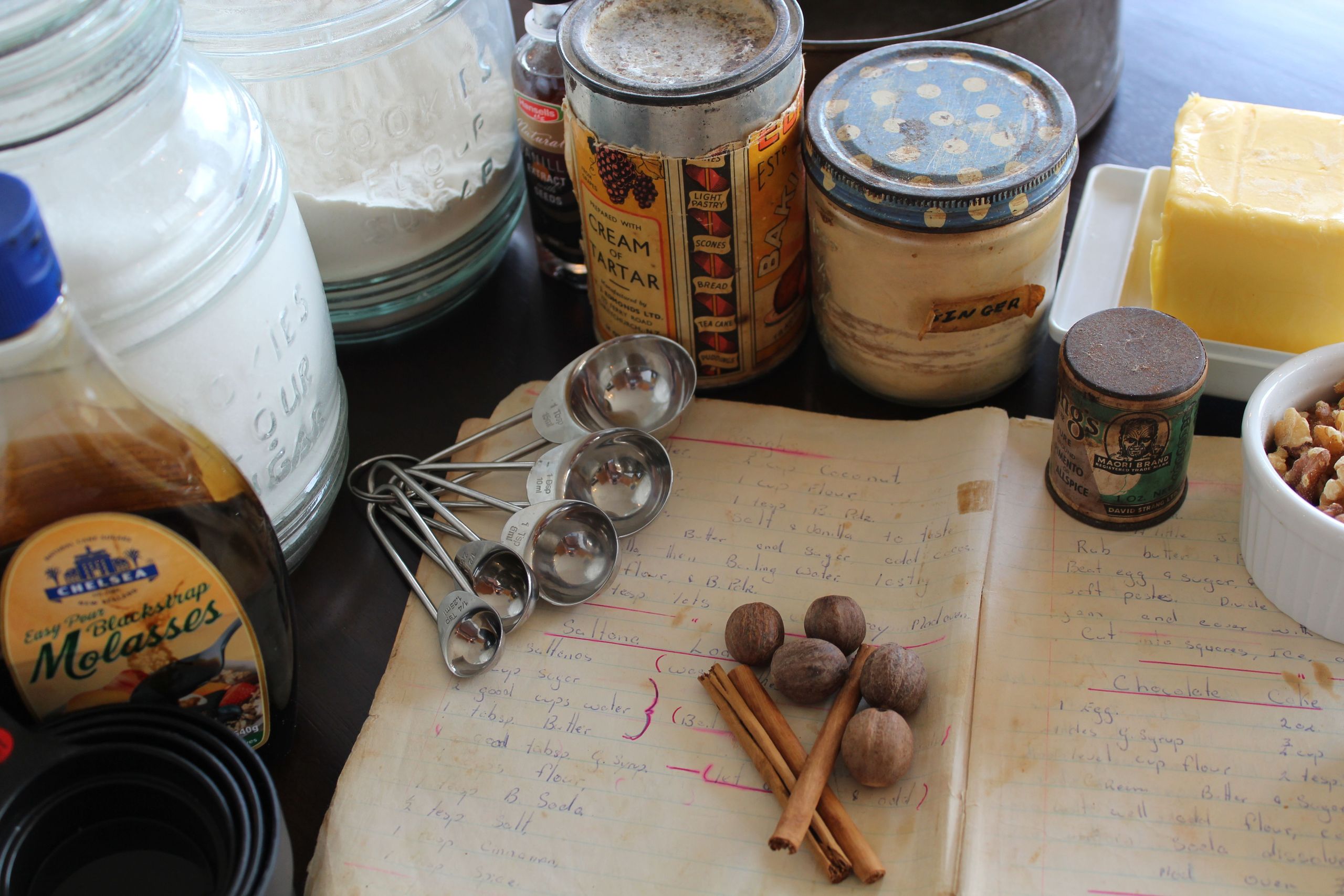Page Contents
Butter is a versatile ingredient in cooking and baking. Still, there are times when substitutions are necessary, whether due to dietary restrictions, availability, or a desire to experiment with different flavours and textures.
Unsalted Butter
Use salted butter and reduce any salt in the recipe. As the salt content in butter differs by brand, exact amounts cannot be given. Regular salted butter typically contains about 1.2-1.5% salt by weight.
| % Salt | Butter | Salt reduction |
|---|---|---|
| 1.5% | 100 g | ¼ teaspoon less |
| 1.2% | 100 g | ⅕ teaspoon less |
| 1.5% | 4 oz (113 g) | ⅓ teaspoon less |
| 1.2% | 4 oz (113 g) | ¼ teaspoon less |
Recipes often use unsalted butter to control the amount of salt in a recipe. This affects the flavour and, more importantly, acts as a preservative to increase shelf life.
Melted Butter
When a recipe calls for melted butter, oil can often be substituted. Use an equal amount of mild-tasting oil, such as vegetable oil, canola, or light olive oil. This substitution works particularly well in cakes, muffins, and quick breads, where melted butter provides moisture and richness.
Considerations for Using Oil:
- Texture and Structure: Oil cannot replace butter in recipes creamed with sugar to incorporate air and provide structure (e.g., many biscuits or cakes). Butter’s solid structure is essential for these techniques.
- Flavour Profile: Butter contributes a distinct taste that oil does not. If the buttery flavour is essential, combine half butter and half oil.
- Moisture Balance: Butter contains about 20% water, which helps create steam and contributes to the texture of baked goods. When using oil, consider adding 1–2 teaspoons of liquid (such as milk, water, or juice) per 1/4 cup (60 ml) of oil to replicate the effect of butter’s water content.

